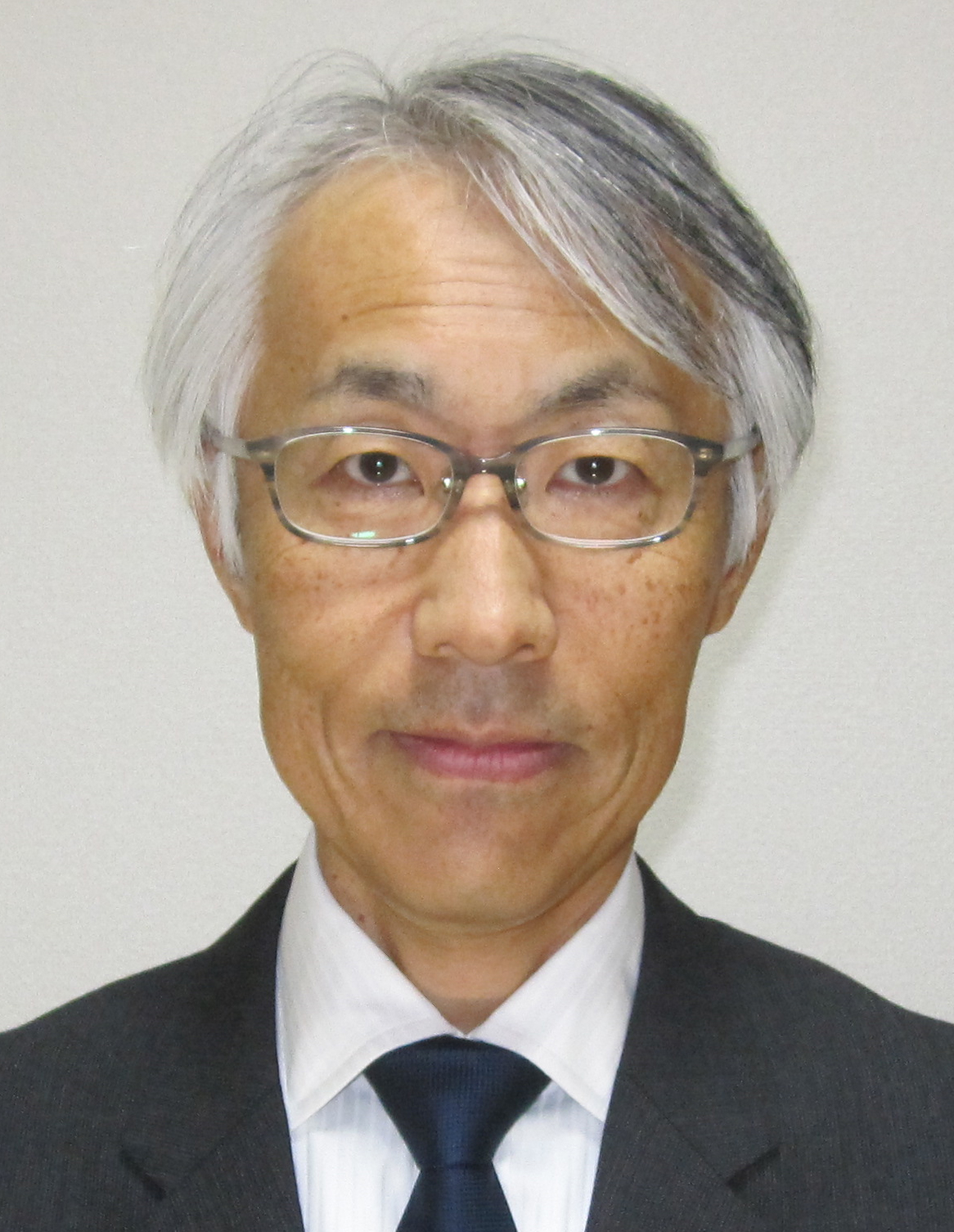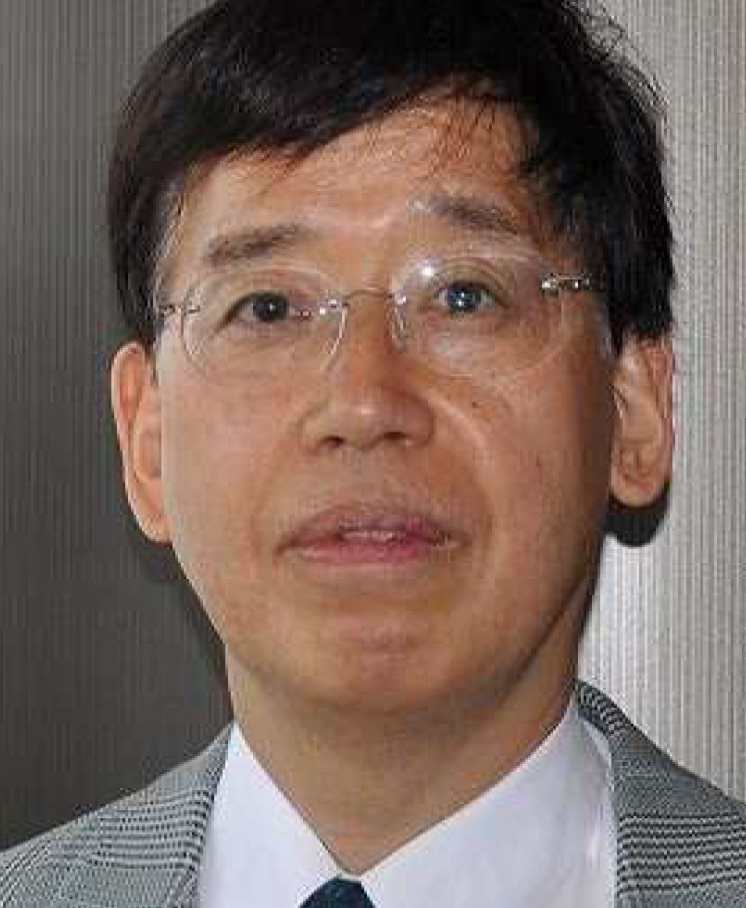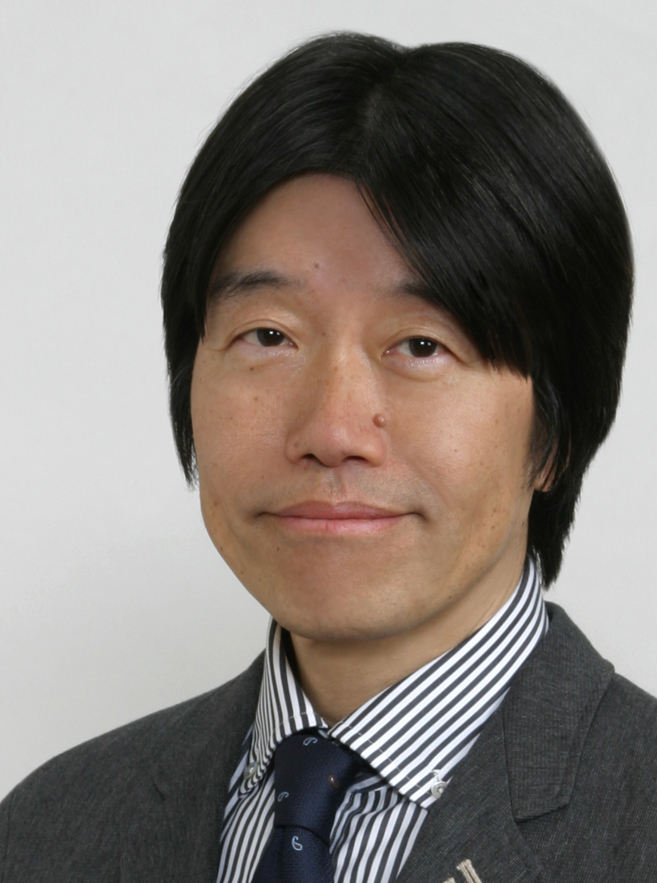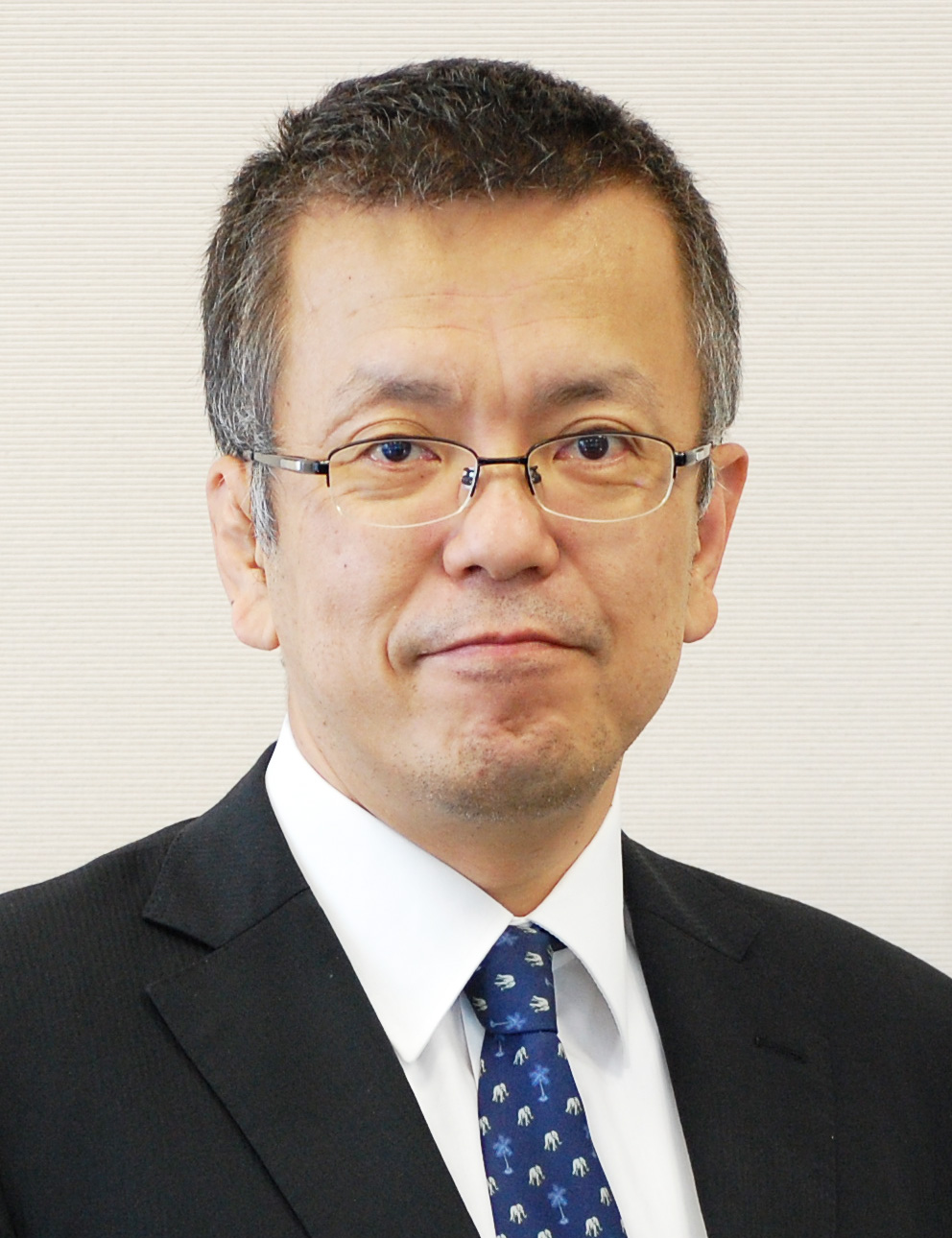Asia’s Growth and Japan I: Turning the world’s factory into a center for technological innovation

Prof. Todo Yasuyuki
East Asia has achieved sustainable economic growth by forming Factory Asia, linked through supply chains across nations. The growth of East Asia also brought significant benefits to Japan by generating demand. Over the past quarter-century, real income per capita increased 3.2-fold in East Asia, and exports from Japan to East Asia expanded 3.7 times. In recent years, nearly 10% of Japan’s income has been attributable to exports to East Asia.
However, the Asian growth has slowed down lately. China’s real economic growth declined from around 10% in the 2000s to below 8% in the 2010s. Emerging economies in East Asia—such as Malaysia, Thailand, and Indonesia—have been growing at an annual rate of 3% to 5% in recent years, stopping short of serving as a robust growth engine for the region. With rapid population aging expected to occur in many countries in the region, it is uncertain whether demand for Japanese products will continue to expand as before.
If Japan and other Asian countries are to break this impasse and continue to achieve robust growth, the region needs to evolve from Factory Asia into Knowledge Cluster Asia.
Three Asian countries—i.e., Japan, China, and South Korea—are already serving as knowledge clusters. The United States, China, Japan, Germany, and South Korea are the top five countries ranked in that order in the number of international patent applications filed in 2017. However, the three Asian countries are no match for the United States and Europe in the quality of innovation, although they may look comparable in terms of volume. In an analysis conducted with Takashi Iino of Niigata University and others, we found that the quality of inventions by Japanese and South Korean firms, as measured by the average number of citations per patent registered in 2010, is below half the level of those by their U.S. counterparts. Likewise, the quality of inventions by Chinese inventions is below one-sixth the level of those by U.S. firms.
One reason for this is a lack of international intellectual collaboration. In recent years, we have seen a growing recognition of the importance of open innovation, a practice that seeks to create innovation by absorbing new knowledge and technologies through collaboration with various organizations including other firms. This follows the same logic as how Honda Motor Co., Ltd. has created innovation through “waigaya,” a constructed term referring to informal spontaneous meetings in which employees of all ranks and from various divisions discuss freely and vigorously.
Indeed, our analysis found that a firm’s ability to innovate, as measured by the number of patent citations, would increase by 15% when it is engaged in joint research with other firms. We also showed that joint research involving various partners in an open network has a greater impact than that conducted within a closed network. In particular, the impact of joint research involving collaboration with foreign partners is 30% greater than that involving only domestic partners. This is because there is much more to learn from foreign firms, which tend to have different knowledge, than from domestic firms, with which much knowledge is already shared.
Now let us take a look at research collaboration between Japan, China, and South Korea from this perspective. The figure below plots the research collaboration network of firms around the world based on data on patent applications filed in 2011-2013 and firm-level data from Orbis. Black dots denote Asian firms and gray dots U.S. and European firms. In the figure, two firms engaged in joint research are linked by a line, and gravity between them is assumed. Accordingly, a group of firms conducting joint research appears as a cluster in the figure.

Source: Todo, Y., and Yuzuka Kashiwagi (2017), “Japanese Firms in Global Firm Networks,” RIETI Policy Discussion Paper 17-P-004
Asian firms are broadly divided into three groups. The group represented by the cluster shown on the left in the figure consists mostly of Japanese firms, while the black dots clustered in the upper right are mostly South Korean firms and those in the middle Chinese firms. What is apparent from this is that Japanese, Chinese, and South Korean firms are conducting joint research with their partners, but not much with international partners, whether with those from other Asian countries or those from the United States and Europe.
On the other hand, dots representing U.S. and European firms together form one big cluster, not necessarily split into separate groups based on their nationality. In other words, U.S. and European firms are actively engaged in joint research across national borders. Such “intellectual waigaya (hubbub) across national borders” is the very source of advanced innovation in the United States and Europe.
Japanese firms’ approach, which is to carry out the entire process of innovation within the national boundaries, compares poorly in efficiency. According to the Global Innovation Index (GII) published jointly by Cornell University and other organizations, Japan is ranked 49th in efficiency as the level of innovation output is far too low relative to massive input.
When we take a closer look at the figure, we can see that the pattern observed in the group of Chinese firms is closer to that of U.S. and European firms than to that of Japanese firms. That is, Chinese firms are making their ways into the research networks of U.S. and European firms. Even though the United States and China are at odds politically, intellectual collaboration between the two countries has been deepening. As a result, China has absorbed knowledge from the United States and replaced Japan as the world’s second-most innovative country. Indeed, China is way ahead of Japan in such areas as fintech (which has evolved from the joining of financial services and information technology) and the sharing economy. If things continue on their present course, Japan would lose the lead to China in many other areas of technology.
If Japan wants to maintain its technological advantage and achieve higher growth, it should deepen intellectual collaboration with overseas partners, particularly through joint research. Obviously, collaboration with the United States and Europe is a must. Today, as the U.S. administration is inclined to resort to protectionism, it is all the more for Japan to collaborate with the United States, not only in trade but also in intellectual property.
Besides, collaboration with China and South Korea is equally important. Because of geographic and cultural proximity, it is much easier to collaborate with, and there is more to learn from these two countries, than with and from the United States and Europe.
If we can create a cluster of closely linked innovation bases or a network of intellectual hubbub across Asia with the trilateral collaboration at its center, Asia’s high growth would be maintained and Japan would benefit from the regional growth both intellectually and in terms of demand.
How can we make this happen? First, it is necessary to support international research collaboration among Japan, China, and South Korea. The European Union (EU) has been providing massive funds to support international joint research. For instance, the EU’s Horizon 2020 initiative offers 80 billion euro of funding to international research projects involving companies and universities of multiple EU member states over the period of 2014-2020. Japan, China, and South Korea should create such an international framework by contributing funding. It is worth considering incorporating a mechanism for supporting joint research activities into an economic partnership agreement (EPA) among Japan, China, and South Korea or those covering broader areas.
Second, Japanese people need to change their mindsets. Many people still believe that Japan, which is overwhelmingly superior in technology, has nothing to gain but much to lose by collaborating with China and South Korea in research, having its technology stolen by the other two. That might have been the case 20 years ago, but it is no longer the case. More Japanese people should visit companies and universities in China and South Korea, interact with researchers and engineers, and get a first-hand sense of knowledge and technologies of their Chinese and South Korean counterparts. Over a medium term period, supporting Japanese students studying in China and South Korea would help such understanding.
Obviously, it is necessary to guard against possible technology leakage. The government should pursue various measures in parallel, such as incorporating a framework for intellectual property protection in free trade agreements and helping small and medium enterprises by providing them information about how to protect intellectual property.
Lastly, Japan needs to seek research collaboration with other emerging economies in Asia. Research and development (R&D) activities in emerging economies are very limited, leading to middle-income traps. In order to create a network of intellectual hubbub encompassing across Asia, Japan may as well help emerging economies build their innovation capacity by promoting joint research and technology transfers with and from Japan. Such collaboration would benefit Japanese companies as well, enabling them to develop products more finely tuned to the needs and institutional systems in the respective local markets.
However, collaboration with emerging economies remains insignificant, due to lack of information on local research institutes and hence substantial risk involved. The government should expand financial assistance and matching support services for companies and universities under the framework of official development assistance (ODA).
Such assistance also has significant diplomatic effects. Japan is losing ground in the provision of infrastructure in Asia, dwarfed by China’s enormous financial assistance under its One Belt One Road Initiative, which envisages the establishment of an extensive regional economic zone. However, Japan can maintain its presence in Asia by taking a lead in research collaboration with emerging economies. In addition, I would like to note that research collaboration among Japan, China, and South Korea would help prevent conflicts.
I do hope that such policy support and mindset changes will enable Japan to enjoy and sustain mutual development and prosperity with other Asian countries.
Translated by the Research Institute of Economy, Trade and Industry (RIETI)* The article first appeared in the “Keizai kyoshitsu” column of The Nikkei newspaper on 11 April 2018 under the title, “Ajia no seicho to Nihon (1): ‘Kojo’ kara ‘Gijutsu-kakushin’ no Kyoten ni (Asia’s Growth and Japan I: Turning the world’s factory into a center for technological innovation).” The Nikkei, 11 April 2018. (Courtesy of the author)
*RIETI: http://www.rieti.go.jp/en/index.html
Keywords
- Factory Asia
- supply chain
- center for technological innovation
- open innovation
- knowledge cluster
- Global Innovation Index
- Fintech
- sharing economy
- Horizon 2020
- EPA
- One Belt One Road Initiative




